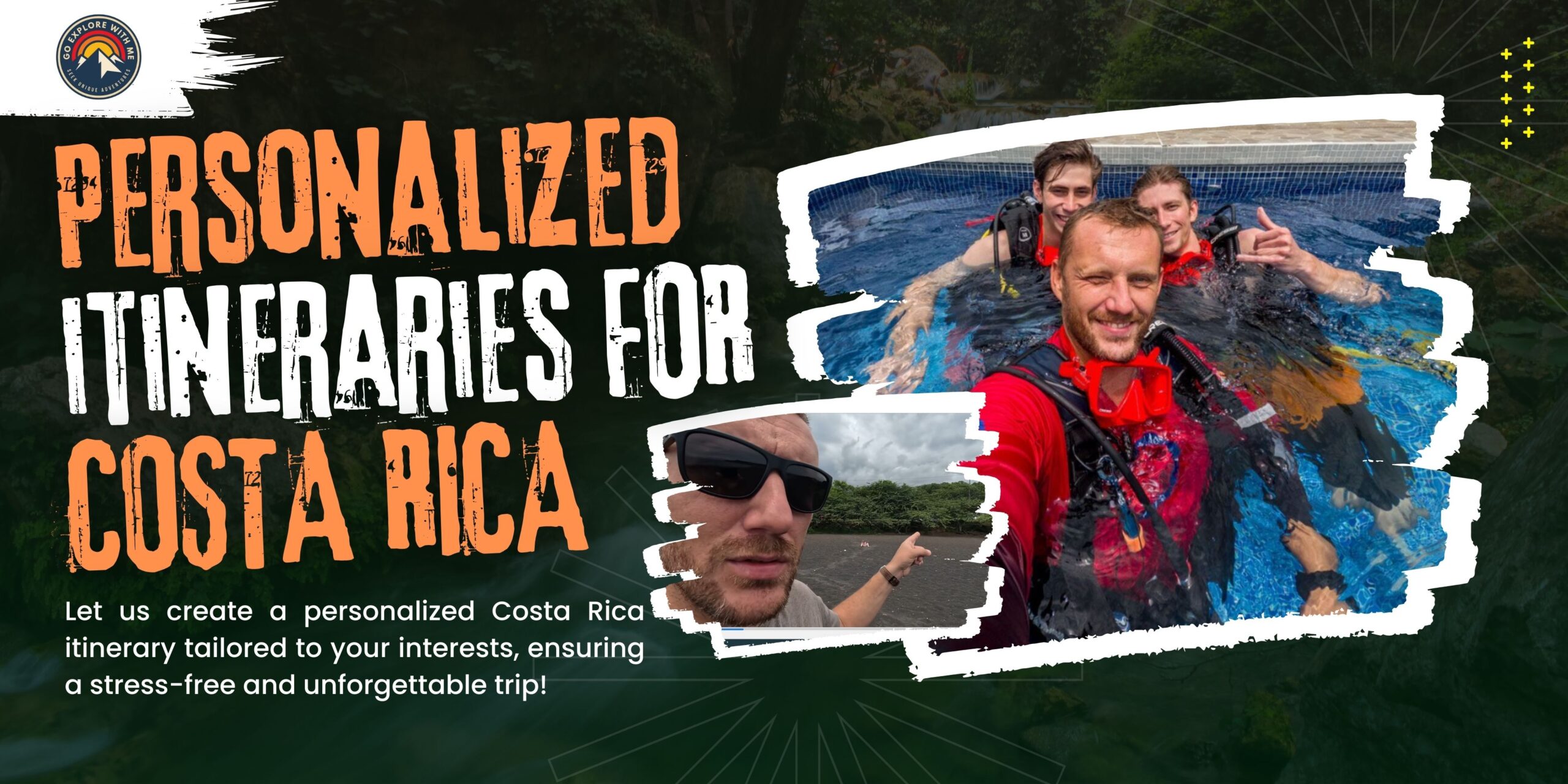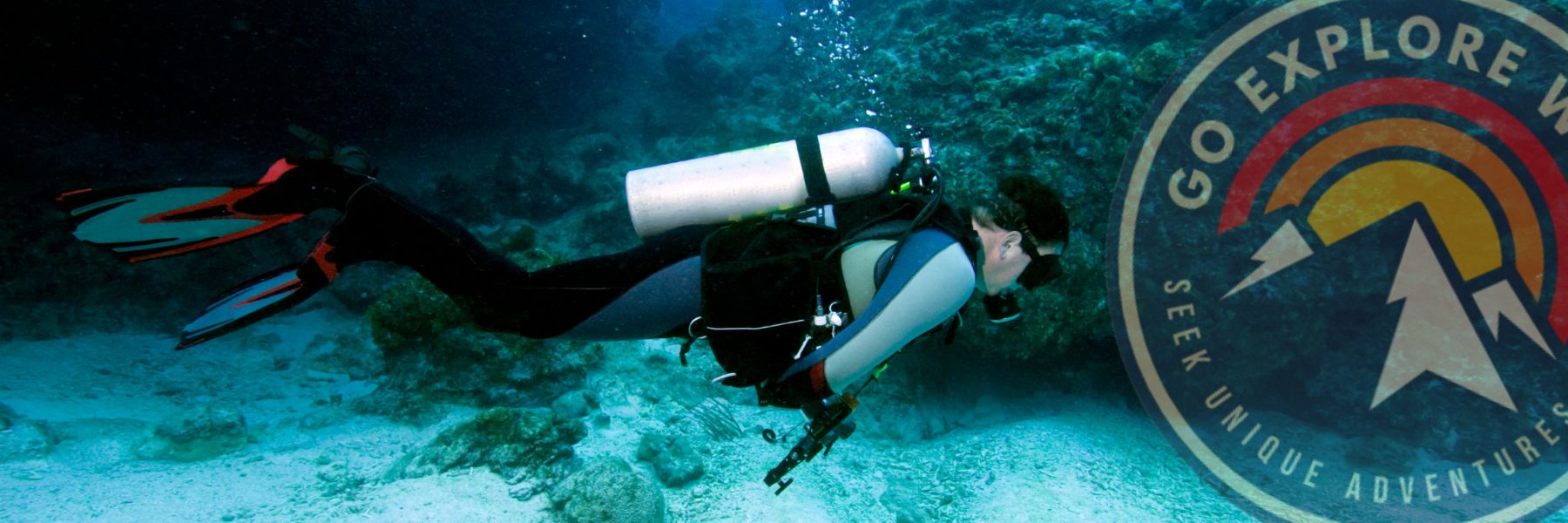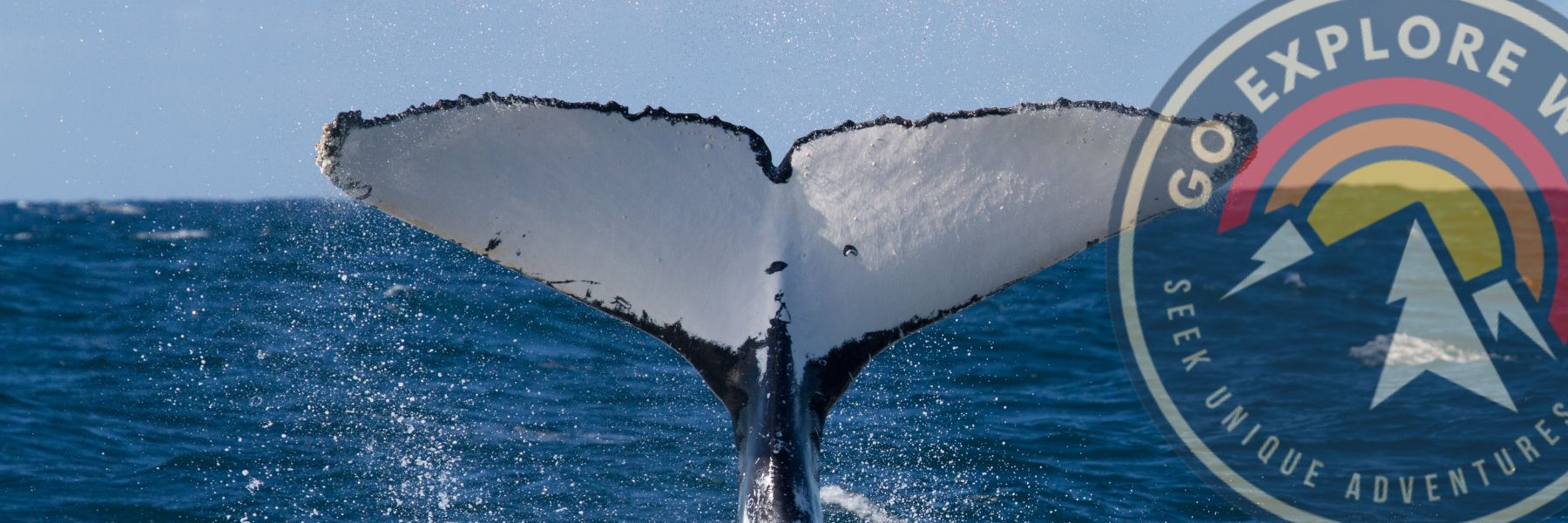Contents
I’ll admit something: I drink a lot of coffee. I mean like, “liters per day” levels. I’m the person who orders a second cup before she finishes the first. So when I landed in Costa Rica and took my first sip of the local brew off the plane, I knew I’d died and gone to coffee heaven. Not coffee—caffeinated nectar from the tropical godsend—heaven.
So What’s the Big Deal With Costa Rica Coffee?
Now, let’s break it down. Costa Rica is coffee heaven. Volcanic soil, elevation, coffee plantations, misty mountains, and adequate rainfall. If Mother Nature tried to cultivate a coffee factory, she couldn’t have done it any better.
Fun fact—throughout the years, a little bean law has occurred: Costa Rica by law can only grow 100% Arabica. That means no cheap filler beans, no filler effort—just all quality. Then throw in some old-school craftsmanship over decades of development and bam! You have a cup that’s perfectly balanced and smoothly caffeinated with a touch of fruitiness (akin to me before my first cup).
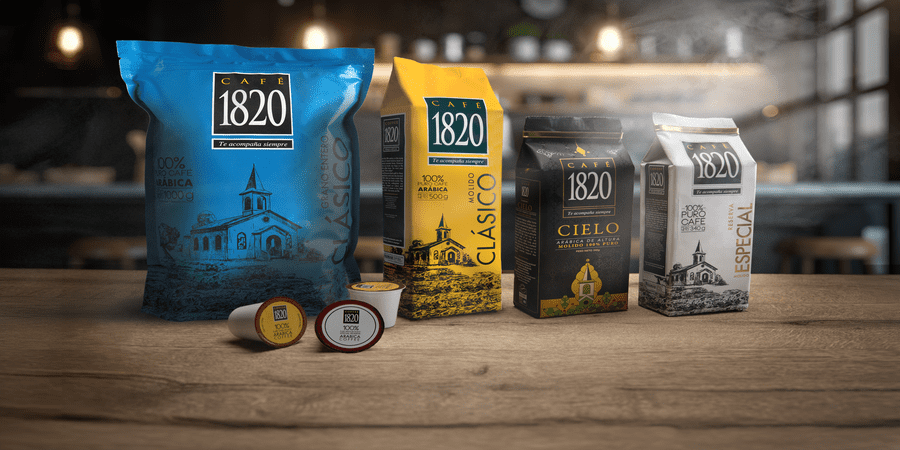
Meet the Coffee Rockstars: Best Growing Regions
If you’re like me and actually enjoy reading coffee labels, you’ll start noticing certain names popping up. Here’s the rundown of the MVP regions:
- Tarrazú – This is the Beyoncé of Costa Rican coffee. Grown at crazy-high altitudes, full of flavor, and regularly stealing awards at international competitions.
- Central Valley – Balanced, sweet, a little chocolatey. Kind of like your favorite cozy hoodie but in coffee form.
- Tres Ríos – Small region, big personality. Beans from here are smooth and classy, like James Bond with a French press.
- Brunca & Orosi – Still under the radar, but perfect if you like trying something new and telling your friends you discovered it first.
Each region has its own terroir (yes, that fancy wine word). Soil, altitude, weather—all of it shapes the flavor. And trust me, you can taste the difference.
Coffee Tours in Costa Rica: Where the Magic Happens
You haven’t really had Costa Rican coffee until you’ve stood on a mountain surrounded by coffee plants, holding a cup made from beans that were picked right there. It’s like a coffee version of farm-to-table… except with way more caffeine and a much better view.
A few top picks:
- Doka Estate near Alajuela – Old-school charm with vintage machinery and killer tastings.
- Finca Rosa Blanca – Organic, eco-conscious, and bougie in the best way.
- Monteverde Coffee Tours – Combine cloud forests and caffeine. Perfect pairing if you ask me.
You’ll learn how beans are picked, dried, roasted, and brewed—and probably leave with a backpack full of beans and a serious caffeine buzz.
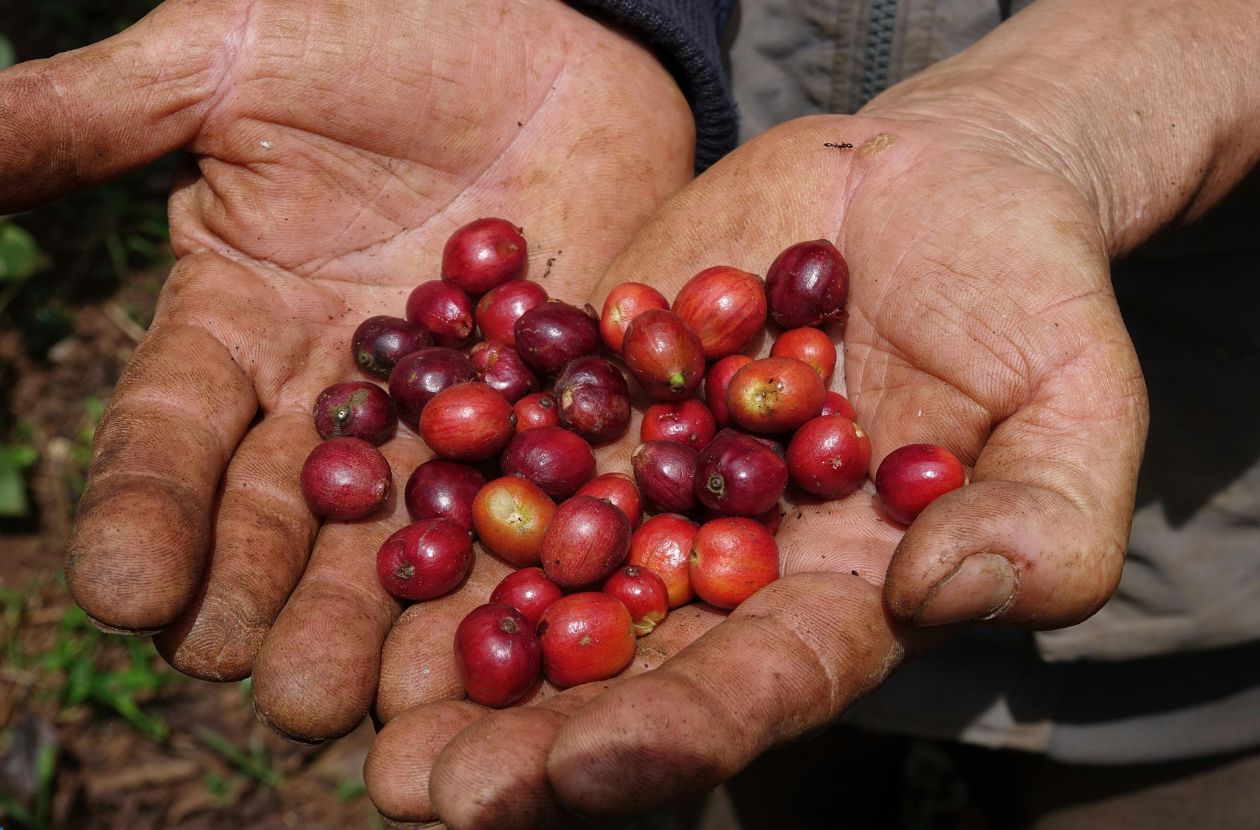
How Costa Ricans Take Their Coffee
One thing I love here is how deeply woven coffee is into daily life. In Costa Rica, “un cafecito” is basically code for “let’s pause life for a sec and hang out.” Whether it’s morning, afternoon, or post-dinner, coffee’s always welcome.
You’ll often see it brewed with a chorreador, which looks like a wooden stand holding a sock. Sounds weird, tastes amazing. It’s a slow pour method that makes you feel like a true coffee wizard.
Or, if you’re on the go, just pop into any soda (local eatery) and order café con leche—half coffee, half steamed milk. No nonsense, all flavor.
Did You Know Starbucks Has a Coffee Farm in Costa Rica?
Yep, it’s true. Even the global coffee giant Starbucks couldn’t resist Costa Rica’s perfect growing conditions. They actually own their very own coffee plantation here—Hacienda Alsacia, located on the lush slopes of Poás Volcano, just about an hour from San José.
But this isn’t just some corporate farm. Hacienda Alsacia is a full-blown research and visitor center where you can learn everything about coffee production—from seedling to steaming cup. And the best part? You can book a tour.
A very enjoyable coffee tour in Costa Rica
The 90-minute experience includes a walk through the nursery, a look at the wet mill and drying patio, and even a peek at their on-site roastery. You’ll finish things off with a cup of freshly brewed coffee and a stunning view of the plantation. Not bad for a morning activity.
If that sounds like your kind of adventure (coffee + volcano views = yes please), check out our available coffee tours and plan your own caffeinated getaway. We’ve got options that go beyond the usual, with a personal touch and some hidden gems you won’t find on big booking sites.
My Tips for Coffee-Hunting in Costa Rica
Alright, fellow coffee fiends, if you’re planning to stock up (which you should), here’s what I’ve learned the hard way:
- Whole beans > ground – Always. Unless you enjoy the taste of disappointment.
- Check the roast date – Fresher is better. If the bag doesn’t have one, move along.
- Buy from small fincas or farmers’ markets – Supermarket brands like Café Britt are solid, but nothing beats beans from a local micro-roaster who literally knows every tree.
Pro tip: Ask the person selling the coffee which region it’s from. You’ll usually get a mini TED Talk and maybe even an invite to their cousin’s finca.
What Makes Costa Rica Coffee So Ethical?
It’s not just great coffee, it’s great for the climate coffee. Many of the farms are Rainforest Alliance certified or Fair Trade, and some have additional organic certifications and claim to be carbon neutral. It’s like your foam heart comes with a heart for Mother Nature.
And to be able to purchase the beans directly from the local purveyors? It’s a win-win for everyone—well, everyone except your suitcase, which may be in jeopardy of exceeding the weight limit on your return.
Final Sip of Costa Rican coffee
If you love coffee even half as much as I do, Costa Rica will ruin you—in the best way. The coffee here is more than a drink. It’s a story. It is a landscape. And ritual.
So whether you’re sipping a cortado in San José, getting your hands dirty on a plantation tour in Tarrazú, or just enjoying a cup on your hotel balcony while howler monkeys yell in the distance (true story)—take a moment to savor it.
Because here, coffee isn’t just what you drink. It’s how you live.


